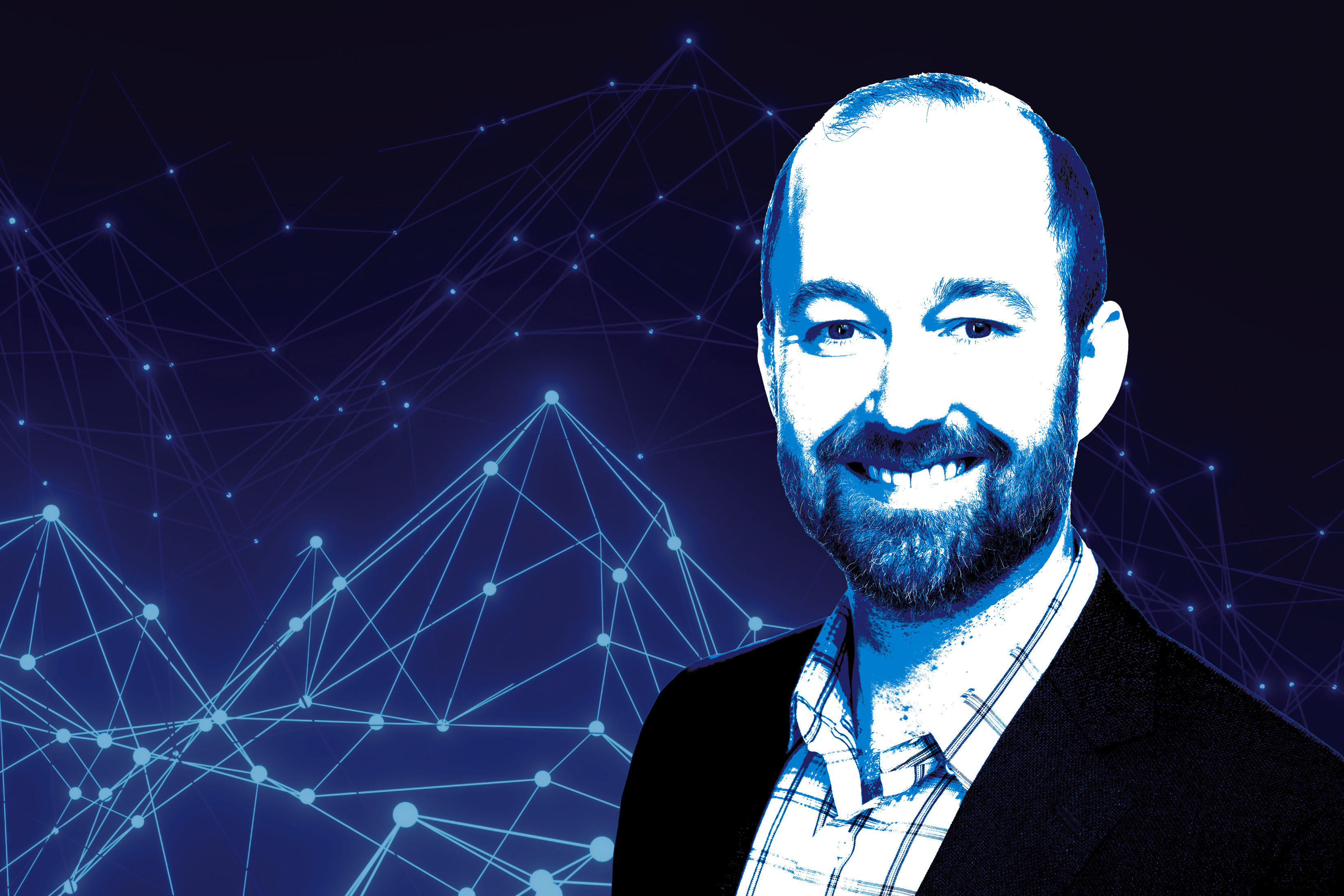AI for the 99 Percent: A Story of Persistence
-
-
Slice of MIT
Filed Under
Recommended

Adam Oliner ’04, ’05, MEng ’05 was raised to be persistent and to think on his feet. His first lesson came when his paternal grandfather—an electrical engineer—gifted him with an electronics set as a young kid. Initially, Oliner was baffled.
“I remember looking at this thing and thinking to myself, ‘I have no idea how to play with this at all.’ But my grandfather had this idea that I was smart and I would figure it out. Some part of my brain rose to that challenge and was like, ‘Yeah, there’s nothing that’s too hard for me,’” says Oliner.
That worldview has served Oliner well on his journey to MIT and beyond. He earned a PhD in computer science at Stanford University, did a postdoc at the University of California Berkeley, then worked at software companies in the San Francisco Bay Area—including as head of machine learning at Slack—before cofounding the artificial intelligence startup Graft, where he currently serves as CEO.
Launched in February 2021, Graft is building a broadly accessible AI platform centered around foundation models, the type of computer models that power AI applications such as ChatGPT, which exploded onto the scene in 2023. Trained on enormous data sets, these building blocks of AI are mostly being developed and deployed by major companies and universities.
I think if you surround yourself with a diverse group of smart, kind people, you can solve most problems from there.
Oliner was familiar with the power of foundation models: At Slack, his team leveraged foundation models to assist in semantic search and channel recommendations. And he became concerned that most organizations would struggle to use these technologies, leaving them at a competitive disadvantage.
“So, at Graft, we are making the AI of the 1 percent accessible to the 99 percent,” says Oliner.
The 21-person team at Graft recently completed its seed funding round, and the company is signing up its first customers. These early adopters will get access to Graft’s comprehensive platform, which includes the capabilities of a model training server, a prediction server, a metadata store, and more. The goal, Oliner says, is to give customers essentially a plug-and-play addition to existing web architecture—in other words, a system that can be “grafted” onto what is already there.
“It used to be that when you wanted to apply machine learning to some new use case, you had to start futzing with the internals to wire up some new platform,” says Oliner. “We built a complete production system, not pieces of a puzzle, and made it so that you don’t need any machine learning expertise to use the product at all.”
A nonprofit, for example, could use Graft’s technology to mine data on changing food needs and use the results to combat food insecurity. Or a small clothing business could employ Graft’s AI to research transaction histories, using the results to improve customer service.
Oliner’s ingrained persistence has been helpful in his path to the startup world. Take his journey to MIT acceptance: His early action application was deferred, and then he was waitlisted. But he was determined to attend his first choice, not least because it was the alma mater of his maternal grandfather, Robert Purvin ScD ’41. So, after each setback, he submitted new materials to the admissions committee to prove he was the right fit for MIT.
“And then I got an email. It wasn’t even the classic giant envelope of thick papers in the mail,” says Oliner. “And I still remember the first sentence of that email, and it said, ‘See, persistence really does pay off.’ And I’ve remembered that line ever since.”
Double majoring in computer science and math, he found himself in an intellectually and culturally diverse landscape much different from the one he experienced growing up in rural Connecticut. The electricity of thought that came with people collaborating from different viewpoints and life experiences informed his approach to building Graft.
“Forget that it’s just a more interesting place to be, when you have that kind of diversity,” says Oliner. “You also create things that are more impactful, more unique, more valuable, more successful. I think if you surround yourself with a diverse group of smart, kind people, you can solve most problems from there.”
Photo illustration: Mary Zyskowski/unsplash/Adam Oliner courtesy photo







